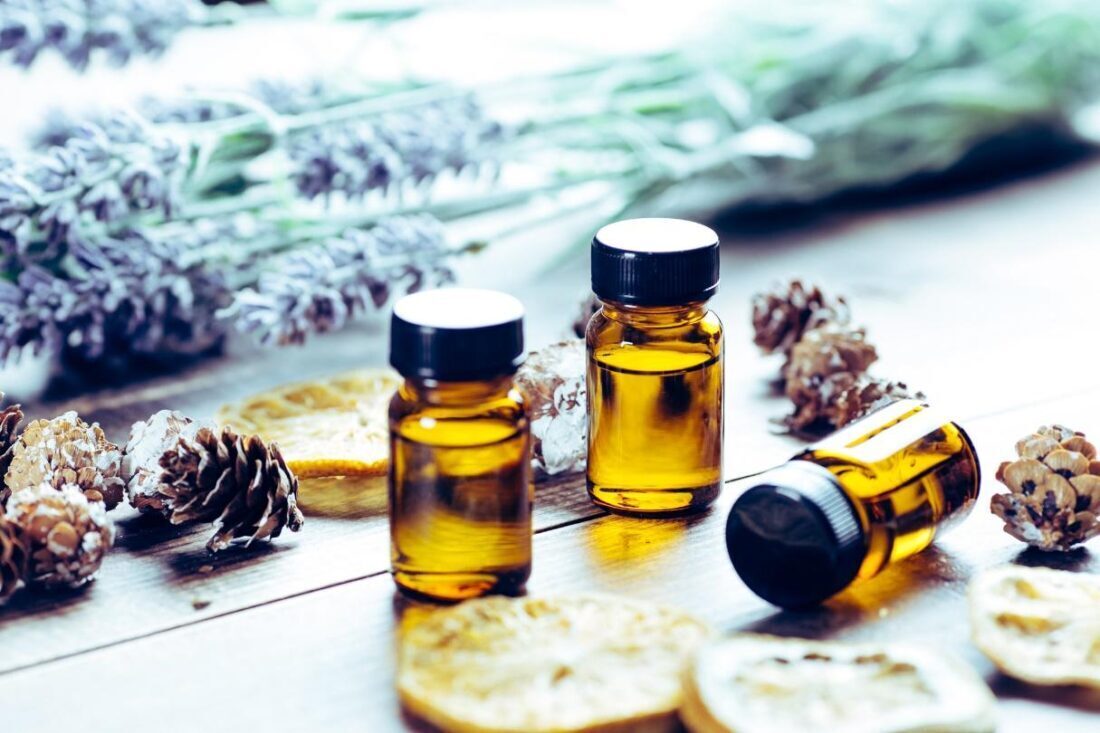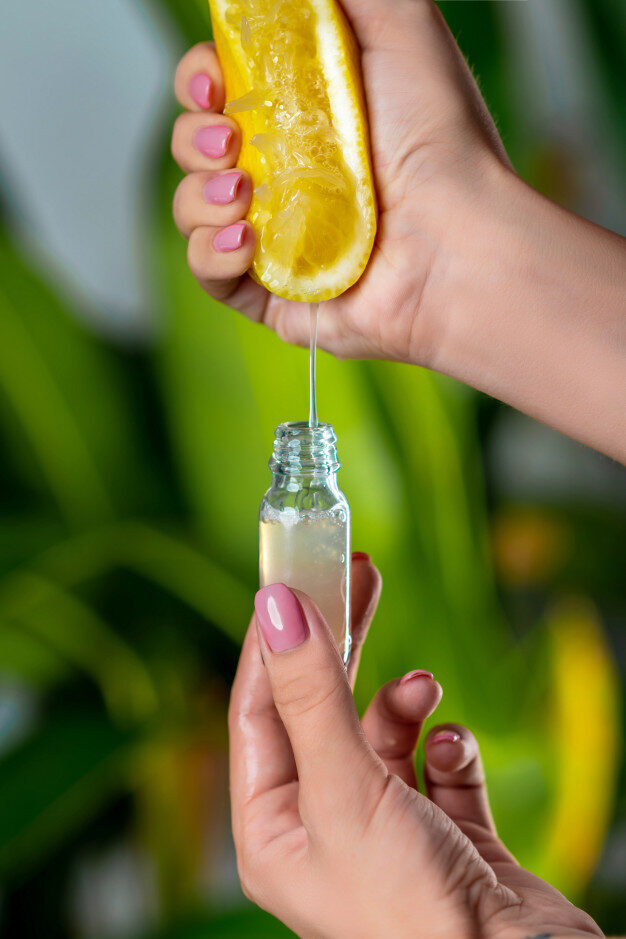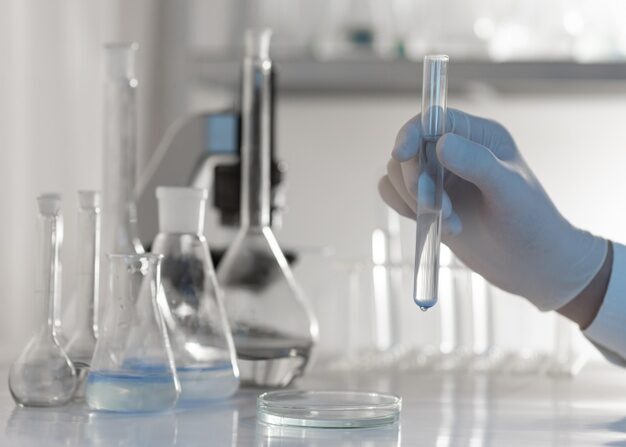Even if you’re not very familiar with fragrances, you’ve probably come across the terms “Natural Fragrance” and “Synthetic Fragrances” once or twice.
It is very common to suppose that, because one is natural and the other is synthetic, the former is harmless while the latter is dangerous.
However, this is an understandable misconception on behalf of the layperson, and doesn’t reflect reality.
The proceeding article will deal with the differences and safety issues surrounding natural and synthetic fragrances.

Misconceptions about Safety
Natural fragrances come from plants or seedlings which are grown wild or naturally and harvested.
Plants without any chemical fertilizer or pesticides are classified as organic.
On the other hand, synthetic fragrances are made artificially and include fragrances that do not occur naturally in Mother Nature.
It should be noted that synthetic fragrances are not the opposite of natural fragrances; that title belongs to fragrances falling under the umbrella term “simple substance fragrances”.
To add another layer of complexity, these simple substance fragrances are classified further into synthetic fragrances and isolated fragrances (wherein only specific substances are extracted from natural plants).
When combined, these fragrances are called “formulated fragrances”.
When perfumers and makers of fragrance begin their process, they use myriad fragrances of all classes that are selected for a specific purpose or niche in the market.

Is it accurate to say that natural fragrances are safe while synthetic ones are harmful?
To begin, we should dispel the widely held notion that natural and artificial elements are at opposite ends of the safety spectrum.
Most companies will sell a fragrance by touting it as “natural”, which becomes a connotation for “safe”.
This is a well-established marketing strategy. However, this doesn’t imply that natural fragrances are unsafe.
We ourselves sell many diffusers and air fresheners that use natural fragrances.
The issue to be tackled is the belief that everything called “natural” is harmless.

Aromatherapy has many effects that may be of benefit provided we research the relevant information and seek professional guidance on using it to its optimal potential.
Some natural fragrances may carry risk
Lavender oil, often utilized for its relaxation effect, may be dangerous if used improperly.
For example, during the early stages of pregnancy, an expectant mother should not apply it to her skin.
Lavender, along with some other essential oils, may cause unwanted hormonal changes that, in rare cases, may lead to miscarriage or premature delivery.
Another confounding fact is that information about the substance’s origin is often hard to find.
Things like soil contamination might result in impurities in the essential oil, which is a challenge faced in the aroma industry today.
One of the characteristics of natural fragrances is that their molecular components are naturally unstable.
In my opinion, the important thing is to clearly state what type of chemical compositions are in the substance, rather than how they are extracted.
On the other hand, synthetic fragrances are made using modern techniques that ensure an overwhelmingly pure product.
The undiluted solution of the fragrances we use in our products are proven and verified to pass all safety tests according to international industry standards.
The fragrances that have passed these tests are accompanied by an ingredient list detailing all the substances and their percentages.
It is a very important document required for imports and exports.
In the wake of globalization, the fragrance market has proliferated, and there is now a regulatory body called the IFRA (International Fragrance Association) which applies standards on all fragrances.
Science in these matters has allowed us great leaps in terms of safety, but we have yet to iron out all the kinks.
Therefore, it is best to be a wise and informed consumer.
Everything can be toxic if a large enough dose is taken.
Paracelsus, a Swiss alchemist and doctor from the Middle Ages, imparted his wisdom:
]“Alle Dinge sind Gift und nichts ist ohne Gift; allein die Dosis macht es, dass ein Ding kein Gift ist.”
His famous quote is translated thus: “All things are poison, and nothing is without poison, the dosage alone makes it so a thing is not a poison.”
To paraphrase, nothing in excess is of benefit, and anything overdone will bring harm.
This is observed in the line we walk with salt: it is essential for survival, but ingest too much, and one may die.
According to studies, salt in excess of 3.5g per kilogram of body weight results in deleterious effects on the body.
As we can see, it is often not the natural or synthetic properties that we should be concerned about, but the dose of the substance.
However, room fragrances are aerosolized and float in the air. They are not applied directly to the skin, so it is not such a cause for concern.
Our products contain both natural and synthetic fragrances and are absolutely safe if used according to their instructions.
Lastly,
I am positive that you would find an amazing and inspiring fragrance if you’re armed with a curious mind and the knowledge that it will bring you.
I hope to see you in the next article which explores why the scent of musk is so popular.
